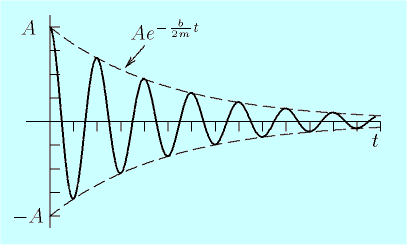No, the damping coefficient will not vary with mass.
Based on the back in forth in the comments, you are confusing a few concepts here.
The damping coefficient (subscript $c$) is a measure of applied force compared to velocity. In terms of the equations of simple harmonic motion, this is a constant which has no terms dictated by mass.
Your mention of "under-damping" in the comments leads me to believe you are confusing damping coefficient $c$ with damping ratio $\zeta$.
$\zeta$ will determine the characteristics of the damped harmonic motion (i.e. under-damped, over-damped, critically damped). $\zeta$ is given by the equation $$\zeta = \frac{c}{2 \sqrt {mk}}$$ where $c$, $m$ and $k$ are all constants.
You can see that mass will absolutely affect the damping ratio, but not the damping coefficient (since that is assumed constant).
In a real life scenario the damper may not perform the same if different masses are used; but traditionally with the idealized equations it just has a constant value.
I find the Wikipedia page has some good information on harmonic oscillation. Also, if I misunderstood what your question was really about please let me know.

